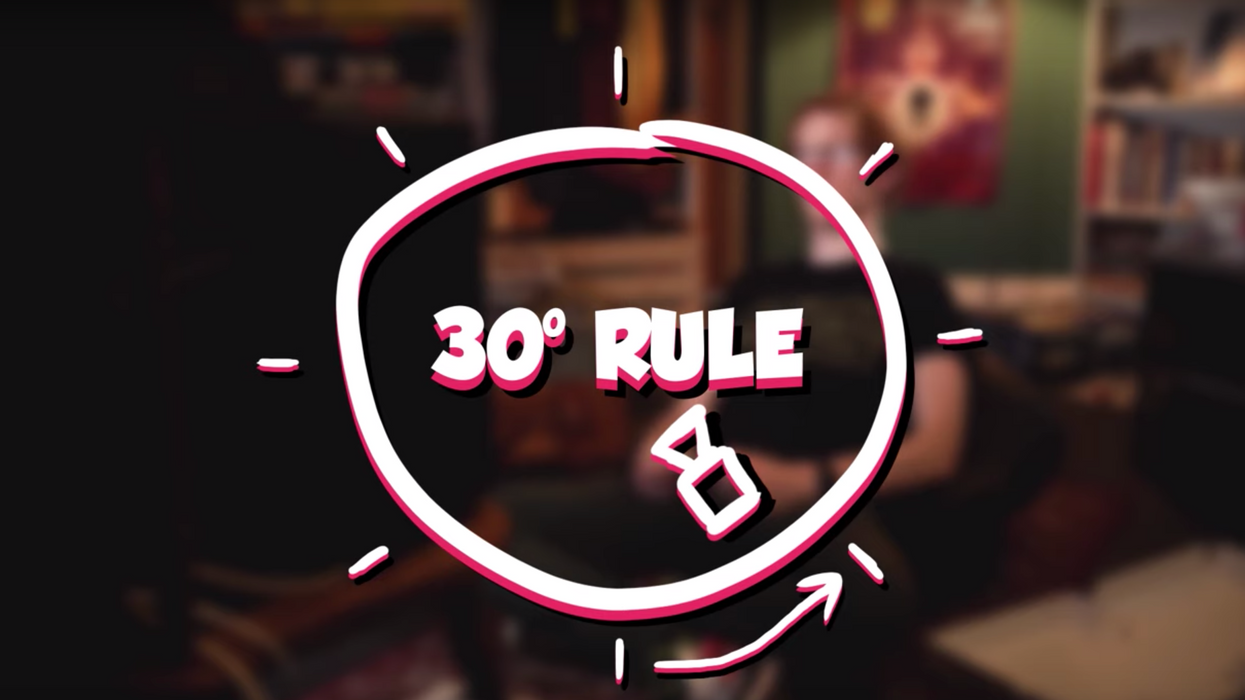The 30-Degree Rule: A Trick All DPs and Editors Should Know
Learn how to avoid disorienting cuts with the 30-degree rule.

We all know the 180-degree rule. It's a technique filmmakers use to make sure that the talent is always looking in the right direction on-screen by never letting your camera cross the centerline of the action.
The lesser-known (yet often-used) 30-degree rule basically its cousin, and when used in congruence with the 180-degree rule, can seamlessly cover a scene and make editing a whole lot easier.
In this great video, the team over at The Film Look breaks down what the 30-degree rule is, how to follow it during a shoot, and how to use it once in post. Check it out below:
The 30-degree rule is important for both DPs and editors to keep in mind, because if the DP doesn't get enough coverage, the editor won't be able to do their job.
But how does it work?
The main benefits of the 30-degree rule are to keep a distinct dissimilarity to each one of your cuts and to create a more seamless flow to the scene.
Uh...what?
Okay, it's kind of difficult to explain with words, but trust, the issues the 30-degree rule solves are easy to spot. Cutting from one angle to a slightly different angle, one that is less than 30-degrees, will leave you with a very jarring transition, as will a cut from one angle to a drastically different angle, one that is well over 30-degrees.
Everything is better in moderation, so don't take the effect too far. Employing too many angles at the same focal length will give an effect of over-coverage and unnecessary shots. Likewise, when changing from one focal length to another, don't push too far because it will come across as overly dramatic (maybe you want that, in which case, go for it) and may take the audience out of the story. Cutting on the action, which is when you cut in the middle of an action and seamlessly complete it in the next shot, can help smooth out these more dramatic transitions, should you decide to use them.
Source: The Film Look














